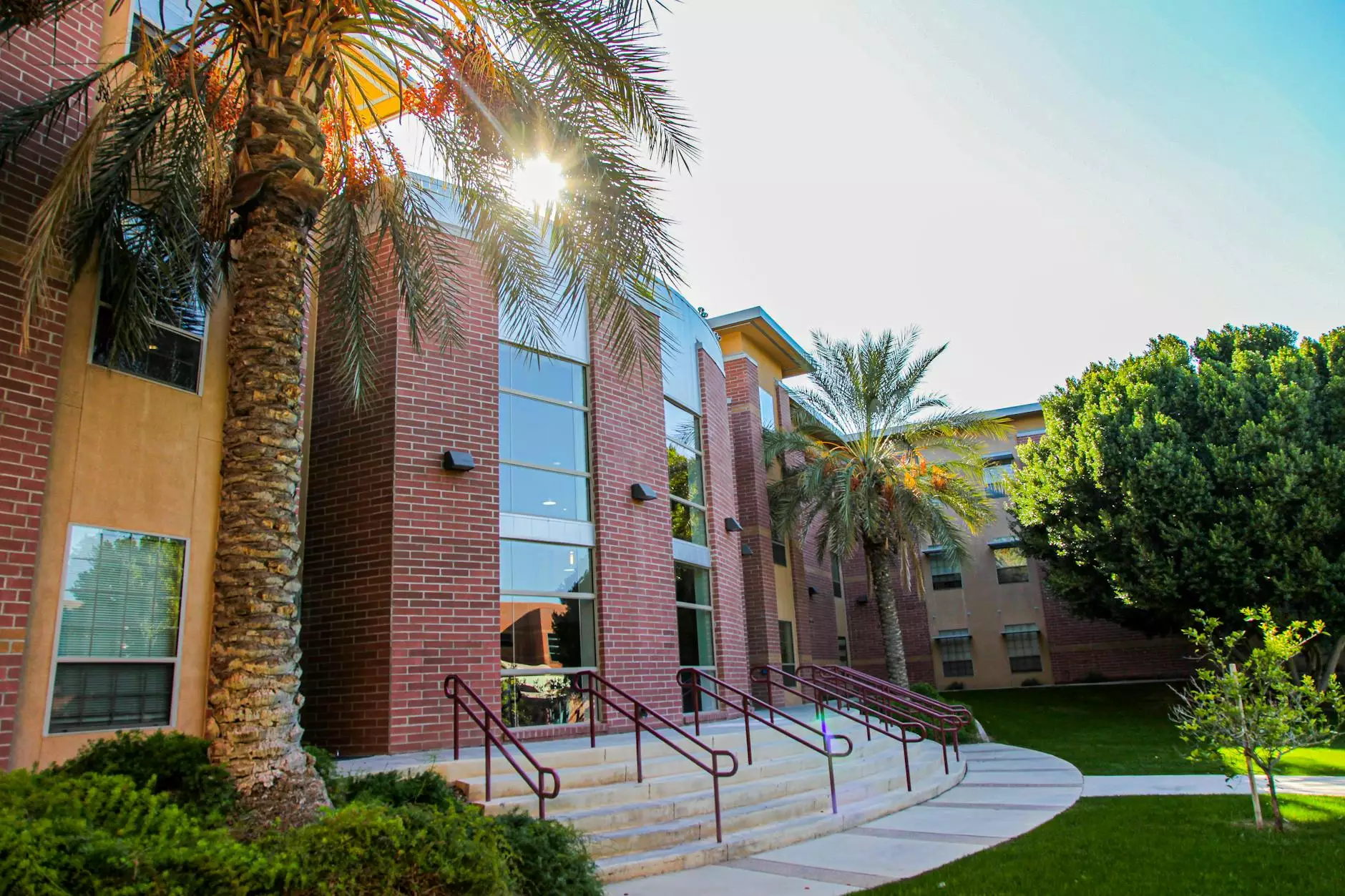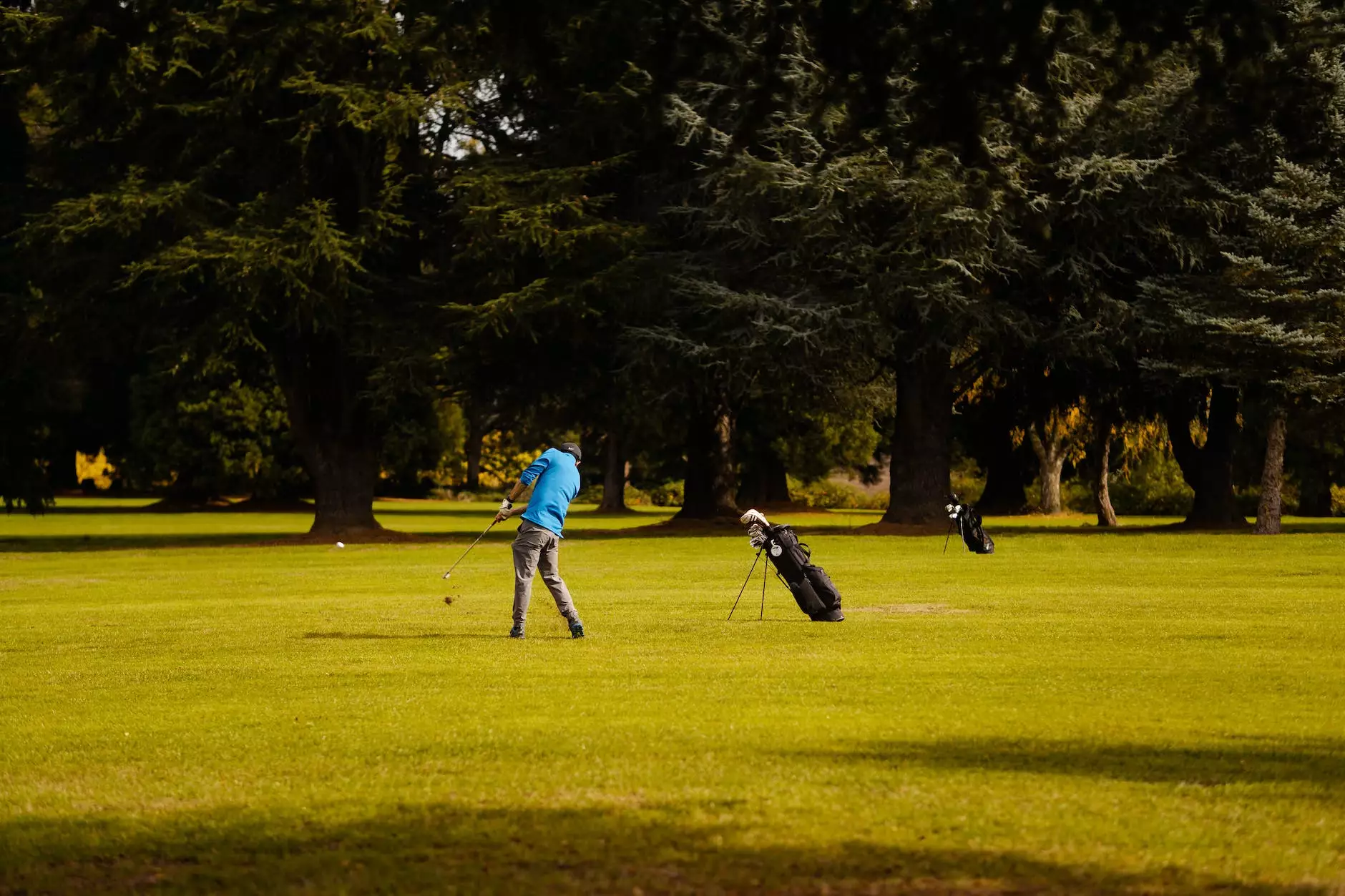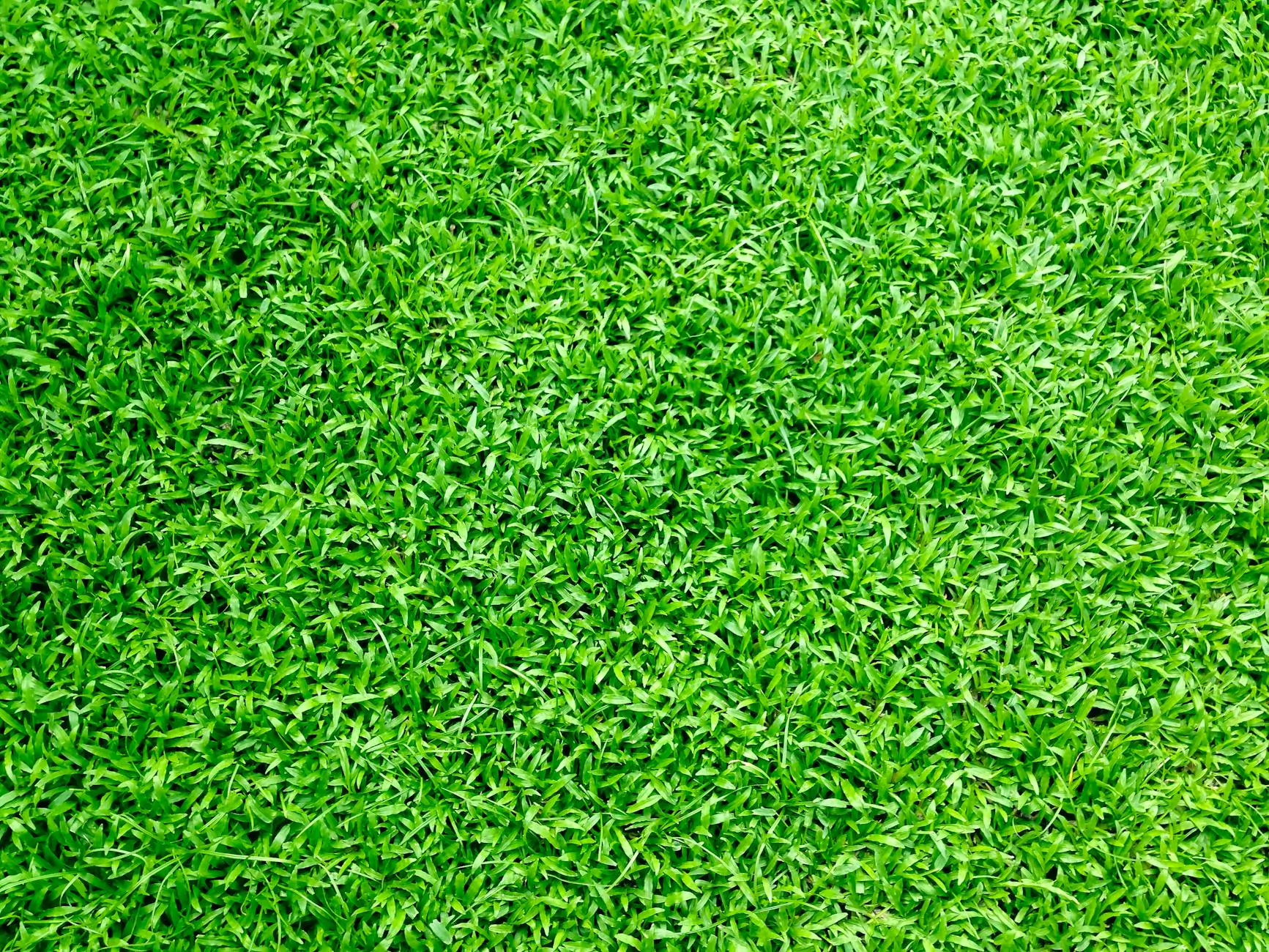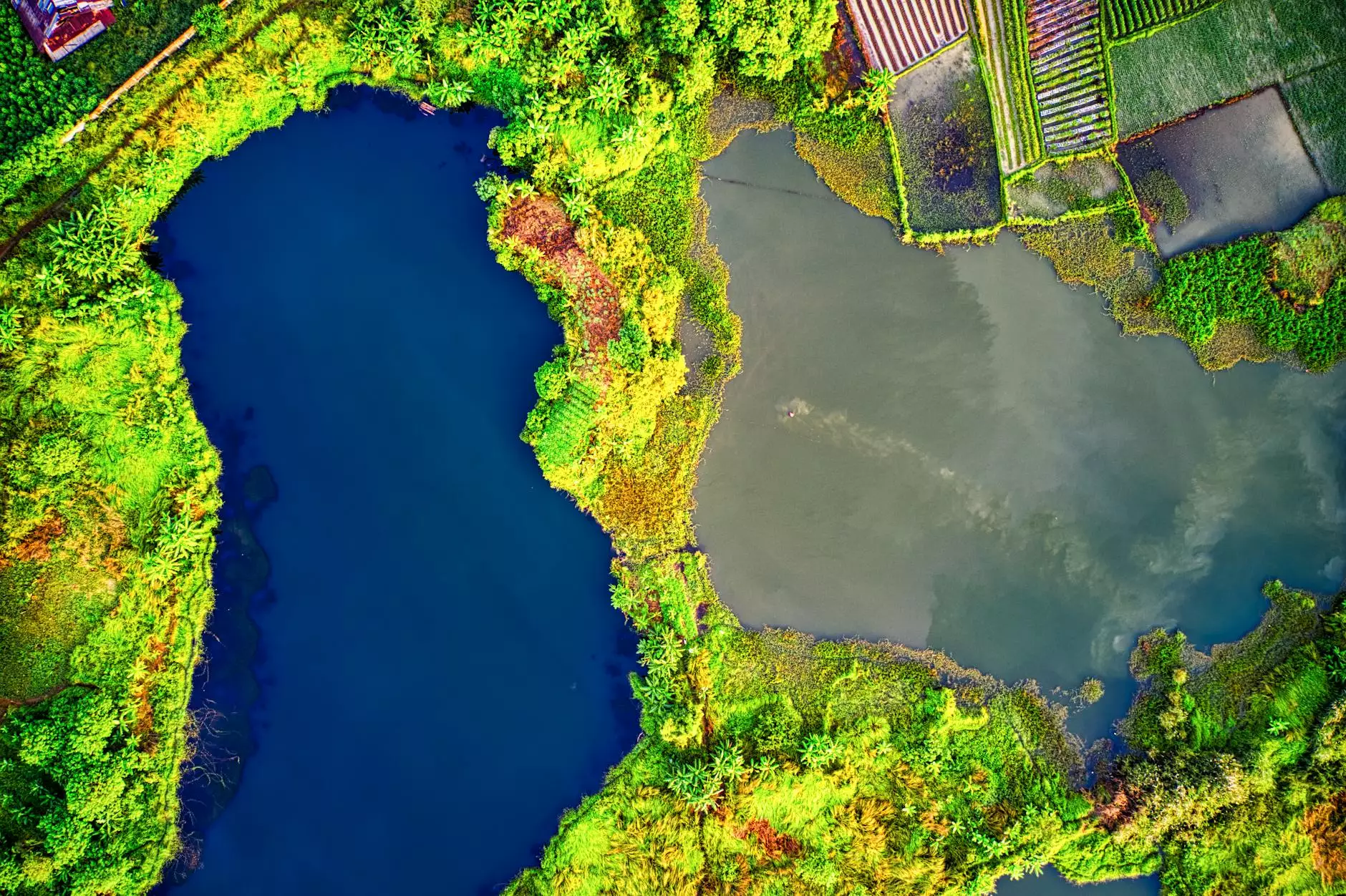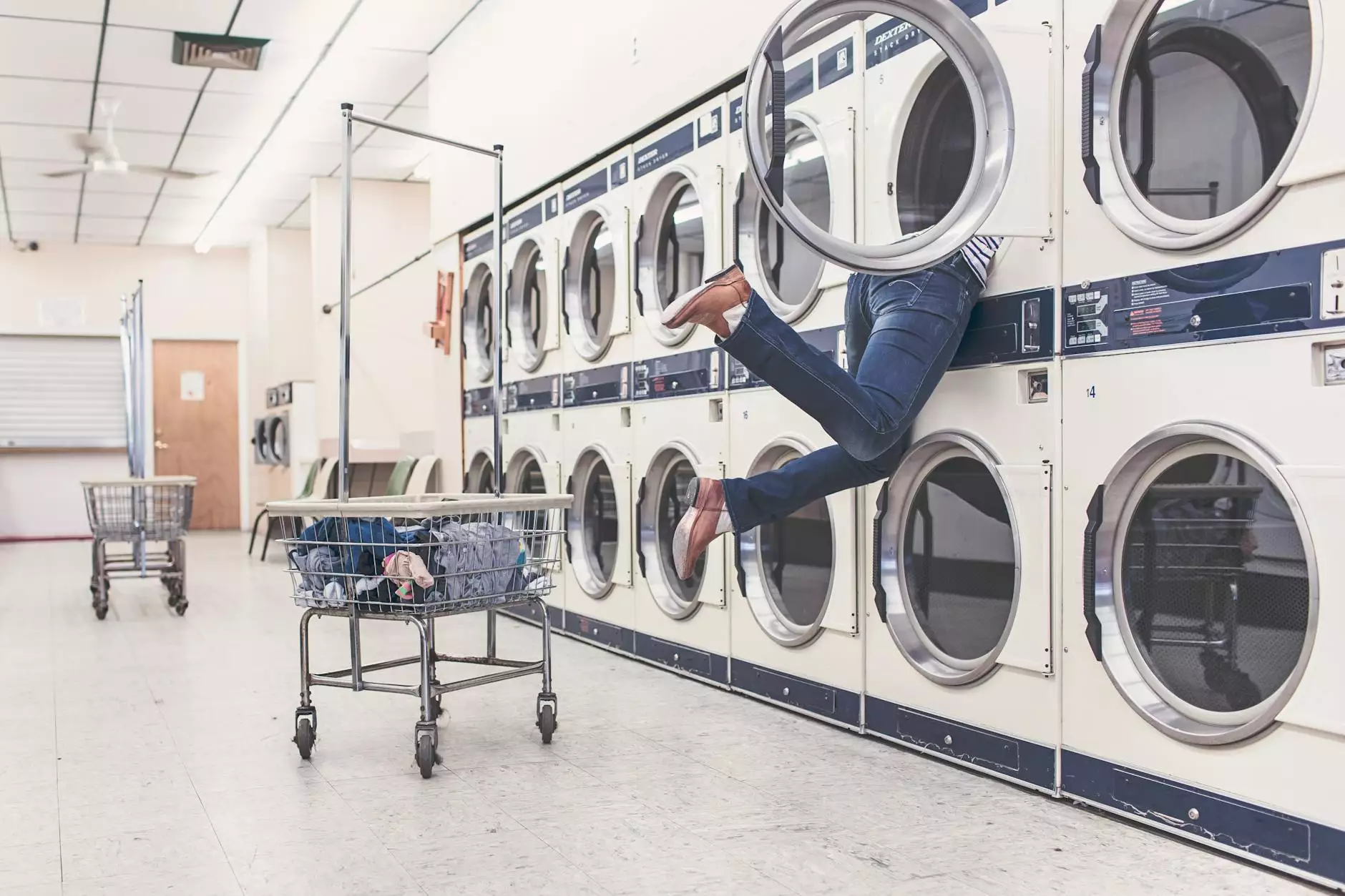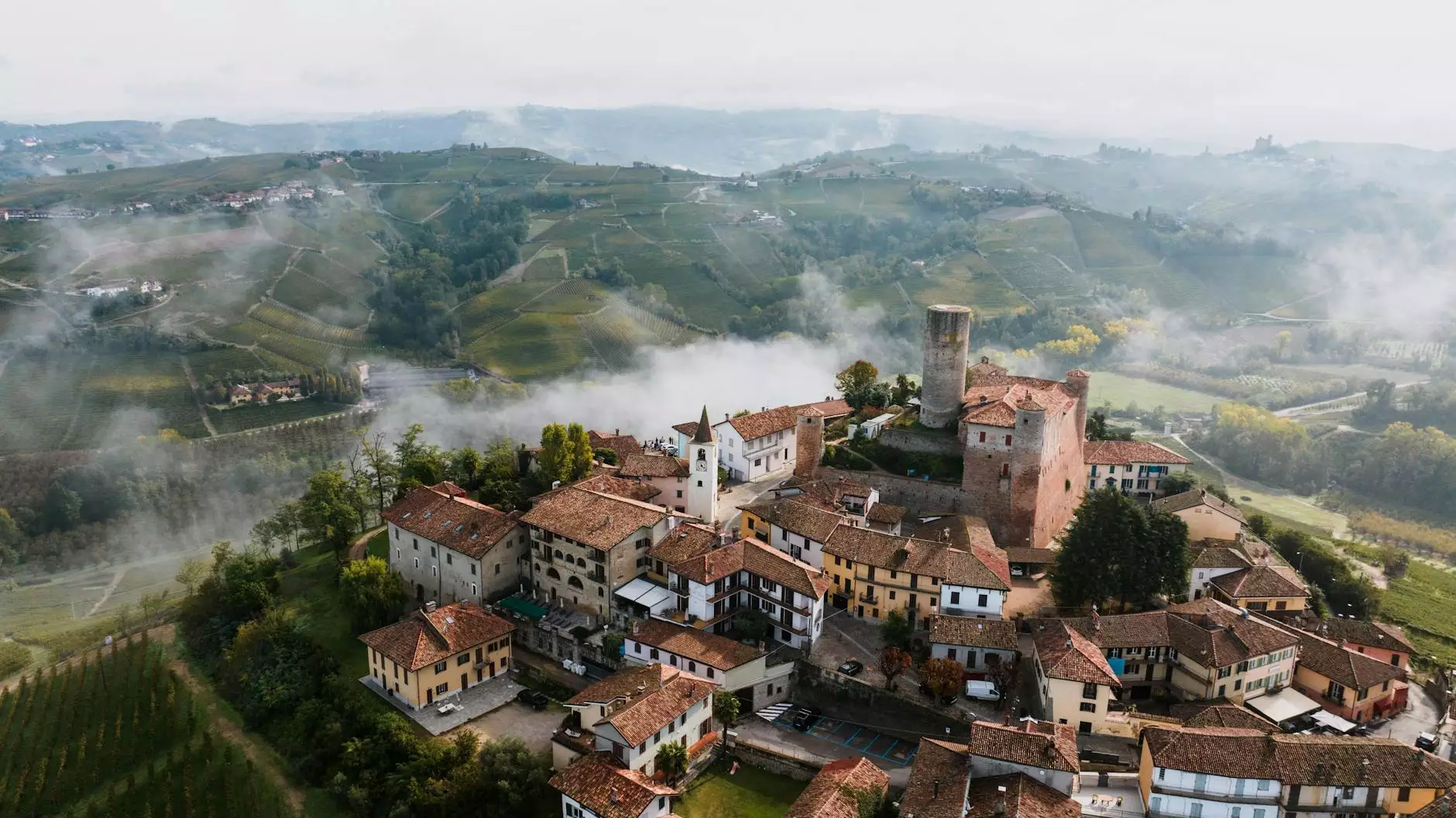Can I use normal sand instead of turf infill?
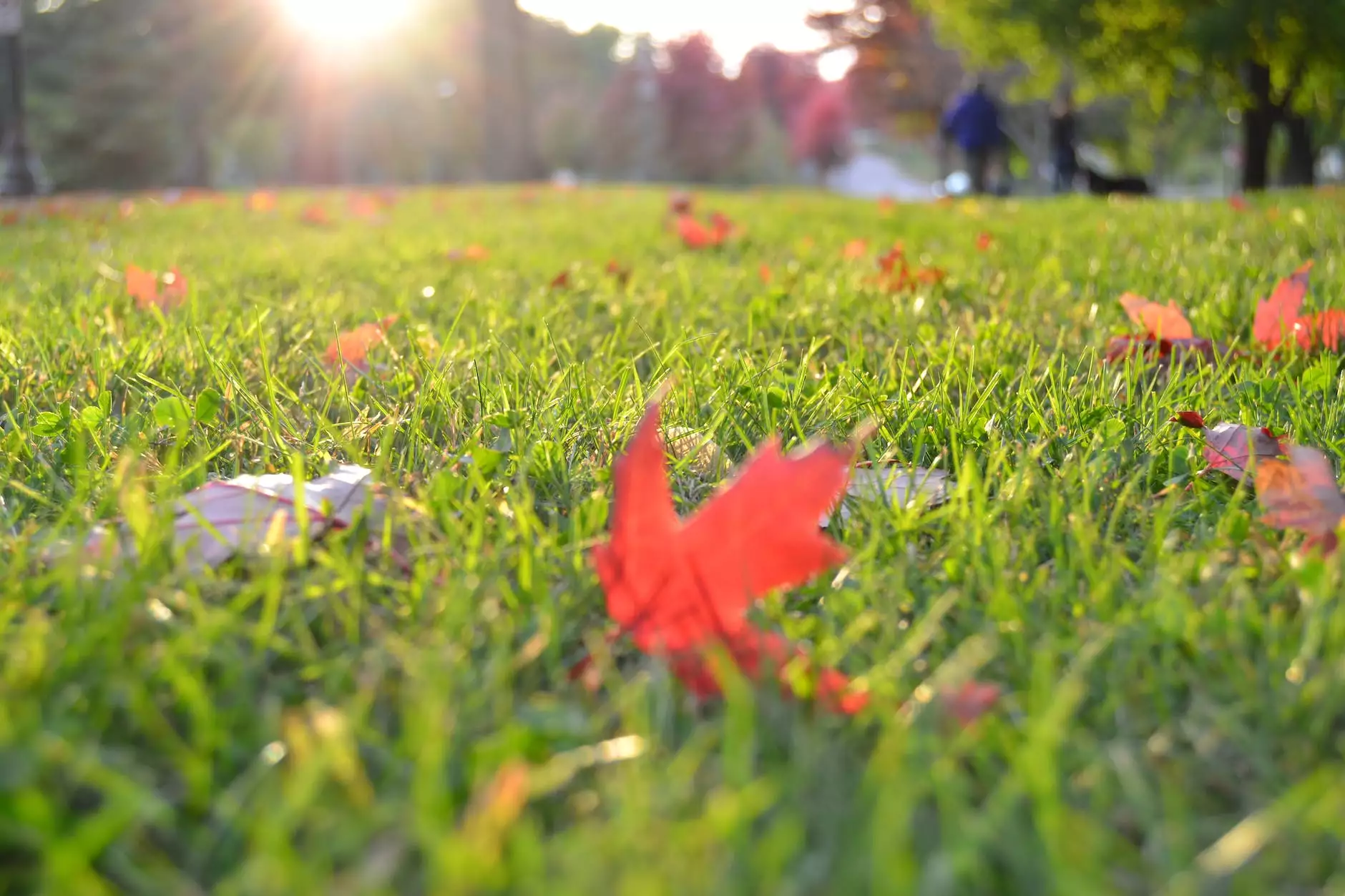
When it comes to artificial turf installations, choosing the right infill material is crucial to achieving optimal performance and longevity. While normal sand may seem like a cost-effective alternative to specialized turf infill, it's important to understand the potential implications and considerations before making a decision.
Understanding the Purpose of Turf Infill
Turf infill serves several important functions in artificial grass systems. It provides stability, support, and resilience to the synthetic blades, helping them stand upright and maintain their structure. Infill also helps to improve the overall performance of the artificial turf by enhancing shock absorption, reducing the risk of injuries, and providing proper drainage.
The Benefits of Turf-Specific Infill Materials
While normal sand may offer some basic benefits, such as stability and support, it lacks the specialized properties of turf-specific infill materials. Choosing a high-quality turf infill product, such as those provided by Metate Industrial Supply, can offer the following advantages:
- Enhanced Durability: Turf-specific infill materials are designed to withstand heavy foot traffic and various weather conditions, ensuring your artificial turf stays in optimal shape over time.
- Improved Drainage: Unlike normal sand, turf infill materials are engineered to promote proper drainage, preventing water from accumulating on the surface and minimizing the risk of mold and mildew growth.
- Superior Performance: Turf-specific infill materials are designed to enhance the playability of artificial turf, providing better shock absorption and reducing the potential for injuries during sports or recreational activities.
- Heat Resistance: Specialized infill materials like sand infill with cooling properties can help reduce surface temperatures, making your artificial turf more comfortable to walk or play on, especially in hot climates.
- Reduced Maintenance: Turf-specific infill materials often require less frequent maintenance compared to sand, as they resist compaction and retain their properties over time.
Considerations Before Using Normal Sand as Turf Infill
While using normal sand as turf infill may seem like a viable option, it's important to consider the following factors:
- Limited Performance: Normal sand lacks the specialized properties that turf-specific infill offers, potentially compromising the overall performance and playability of your artificial turf.
- Compaction and Settling: Normal sand may compact over time, leading to an uneven surface and reduced drainage capabilities. It may also settle more easily, resulting in an unlevel or uneven lawn.
- Drainage Issues: Unlike turf-specific infill materials that facilitate proper drainage, normal sand may not provide sufficient water permeability, leading to water buildup and potential damage to the artificial turf system.
- Higher Maintenance Needs: Sand infill may require more frequent maintenance, such as brushing and topdressing, to prevent compaction and maintain proper functionality.
- Limited Warranty Coverage: If you choose to use normal sand instead of turf-specific infill, it may void any warranty provided by the artificial turf manufacturer, potentially leaving you responsible for any repairs or replacements.
Choose Quality Turf Infill with Global Syn-Turf
For the best results and longevity of your artificial turf, it's recommended to choose high-quality turf-specific infill materials. Global Syn-Turf, in partnership with Metate Industrial Supply, offers a wide range of premium turf infill products designed to meet the needs of various applications.
By selecting the right turf infill material, you can ensure optimal performance, durability, and playability of your artificial turf system. Don't compromise the integrity of your investment. Trust Global Syn-Turf for all your turf infill needs!

